Have you ever wished you could easily read a person the moment you meet them? Whether it’s for work, friendships, or relationships, being able to understand someone quickly can be a real game-changer.
The art of reading people isn’t some magical superpower—it’s a skill you can develop by paying attention to subtle cues. People give off signals through body language, tone, and behavior.
Once you know what to look for, you’ll start seeing patterns in how they think and feel. Let’s explore ten easy hacks that will help you master the art of reading people.
Related: Power-Packed Body Language Tips For Making A Killer First Impression
10 Clever Hacks to Instantly Read a Person
1. Look out for their handshake.
The first impression is the probably the most important when it comes to the art of reading people. The way a person greets you can say a lot about their personality. A firm handshake usually indicates confidence, while a limp one might suggest nervousness or reluctance.
Also, don’t forget to pay attention to eye contact too; a confident person will likely hold it for longer. Observe their body language when you meet them—are they standing tall, or are they hunched over?
A first meeting can provide you with a ton of subtle clues that can help you gauge a person’s confidence, attitude, and intentions right off the bat.
2. Observe if someone is looking away from you during a conversation.
If you want to master the art of reading people, then eye contact is one of the most important things you should look out for. Eye contact is one of the most telling non-verbal cues.
If someone constantly looks away during a conversation, it can be a sign of discomfort, insecurity, or even dishonesty.
On the flip side, someone who maintains steady eye contact is usually confident and engaged. However, don’t mistake a brief glance away as anything serious; sometimes people look away when they’re thinking.
The key is to notice the frequency and timing. If they’re dodging eye contact while you’re discussing something serious, there might be more going on beneath the surface.
3. Notice if they are leaning close to you.
How someone positions themselves physically during a conversation can reveal a lot about their interest and comfort level. If they’re leaning in, it usually means they’re engaged and curious about what you have to say.
On the other hand, if they’re leaning away, it could indicate discomfort or disinterest. Keep in mind that body proximity also plays a role.
If someone consistently steps into your personal space, they might be naturally assertive or trying to establish a connection. Meanwhile, stepping back could indicate they’re putting up emotional or physical boundaries.
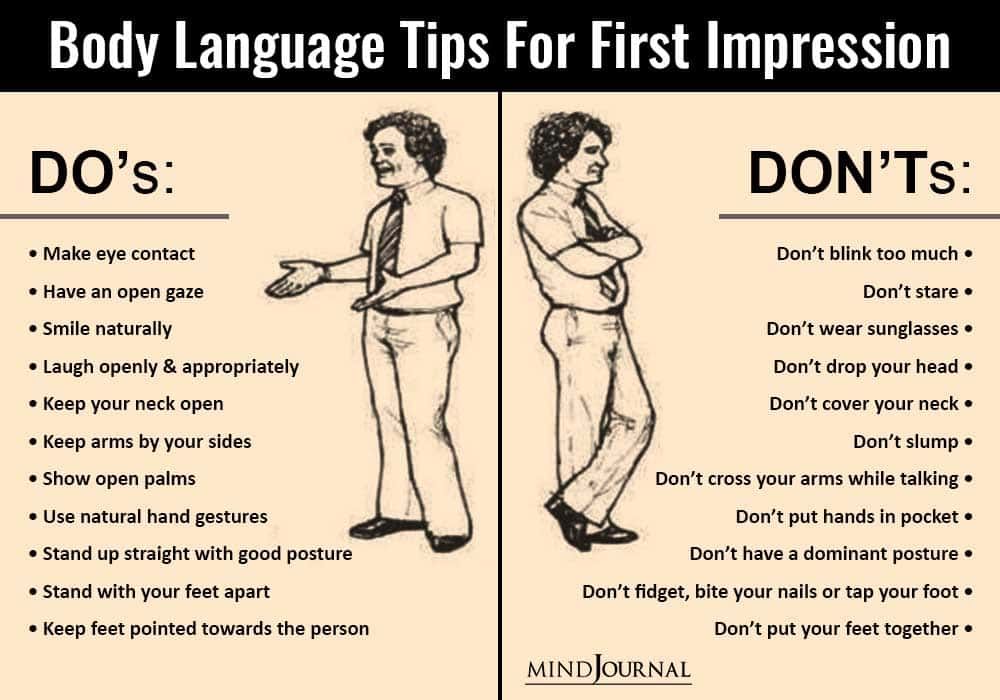
4. Observe their eye movements.
This is one of the best ways to read a person. Eye movements can provide a glimpse into someone’s thought process. For example, if a person is recalling a memory, they often look up to their right.
If they’re constructing something in their mind or being imaginative, they might look up to their left. Quick, darting eyes could signal nervousness or anxiety, while someone with steady eyes is likely more relaxed and composed.
These small cues are incredibly helpful when trying to read whether someone is being truthful, imaginative, or feeling uneasy during the conversation.
Related: 5 Body Language Secrets From the Ancients
5. Make a note if someone crosses their arms.
Body language is a powerful indicator of someone’s emotional state, and crossed arms can be one of the clearest signs of defensiveness or discomfort.
If someone crosses their arms during a conversation with you, it might mean they’re feeling guarded, insecure, or closed off to what you’re saying. However, be mindful of context—some people naturally cross their arms when they’re cold or comfortable.
When it comes to the art of reading people, look for other clues alongside this, such as facial expressions or posture, to better understand the situation and what they are thinking.
6. Notice how the person’s posture looks.
How to read psychology of a person? Keep an eye out for their posture. A person’s posture can reveal a lot about their confidence and mood.
Someone who stands tall with their shoulders back is likely feeling confident and at ease. Slouching, on the other hand, can signal insecurity, tiredness, or disinterest.
Posture often reflects how someone is feeling in the moment—if they’re sitting upright and attentive, they’re probably engaged in the conversation.
If they’re slouched over, staring at the floor, it could be a sign that they’re feeling defeated, uninterested, or overwhelmed.
7. Observe if the person is fidgeting constantly.
Constant fidgeting can signal nervousness, impatience, or anxiety. Whether it’s tapping fingers, shifting in their seat, or playing with their hair, fidgeting often indicates someone is uncomfortable or stressed.
However, light fidgeting might also occur when someone is excited or thinking hard. The trick is to pay attention to how and when the fidgeting happens. If it increases when you bring up a specific topic, it could mean they’re uneasy or uncertain about it.
While fidgeting alone doesn’t tell the full story, it’s a key piece in the puzzle if you are trying to read a person.
Related: Your Body Language Doesn’t Lie. 40+ Body Language Signs And Cues To Strip Down Someone’s Personality
8. Pay attention to facial expressions.
The face is often the first place to show emotions, even when someone is trying to hide them. A genuine smile, for instance, reaches the eyes, while a forced one might just involve the mouth.
Pay attention to micro-expressions—those tiny flickers of emotion that flash across someone’s face before they can mask them. These can give away how they truly feel, even if they’re trying to seem calm.
Raised eyebrows often signal surprise or disbelief, while a furrowed brow can indicate confusion or concern. Once you start noticing these small details, you’ll find it much easier to read a person.
9. Listen to their tone of voice.
If you are wondering how to read psychology of a person, then their tone of voice can say a lot. It’s not just what someone says but how they say it that matters. The tone of voice can give you clues about their feelings and intentions.
A person speaking quickly and in a high pitch might be nervous or excited, while a slow, steady voice could indicate calmness or confidence. On the other hand, if someone’s tone becomes flat or monotone, it could mean they’re bored or uninterested.
Emotional inflection in a person’s voice often reveals more than their words, so listen closely to how their tone changes throughout the conversation, if you want to master the art of reading people.
10. Watch their gestures.
Gestures can tell you a lot about someone’s enthusiasm and openness. Open, broad gestures—like using their hands when speaking—usually indicate that someone is comfortable and engaged in the conversation.
Closed or small gestures, like hiding their hands or keeping them close to their body, can suggest defensiveness or discomfort. Similarly, if someone uses overly exaggerated gestures, they might be trying to assert dominance or control the situation.
Paying attention to how a person uses their hands can reveal their level of comfort, confidence, and how much they’re truly invested in the interaction.
Bottomline
Learning how to read a person is like piecing together a puzzle. While no single sign can give you the full picture, paying attention to these subtle cues—handshakes, eye contact, body language, and more—can help you form a clearer understanding of someone’s emotions and intentions.
The next time you find yourself in a conversation, keep these hacks in mind, and you might be surprised at how much more you can pick up on!
Related: How To Use Your Intuition To Decode Other People’s Body Language
Have you ever tried to read a person, be it in personal settings or social? Let us know what you look for when trying to read a person in the comments down below!
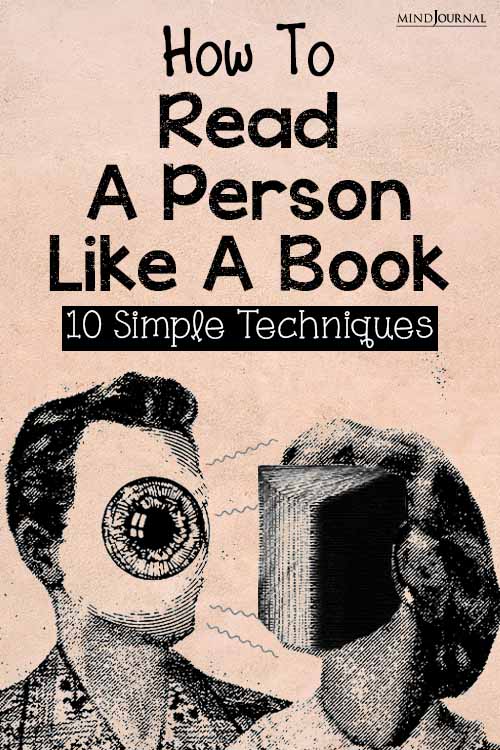

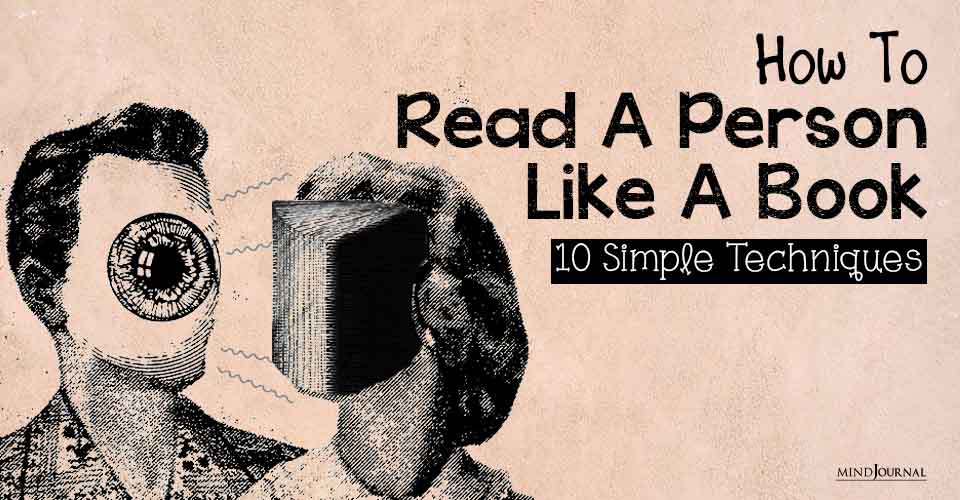
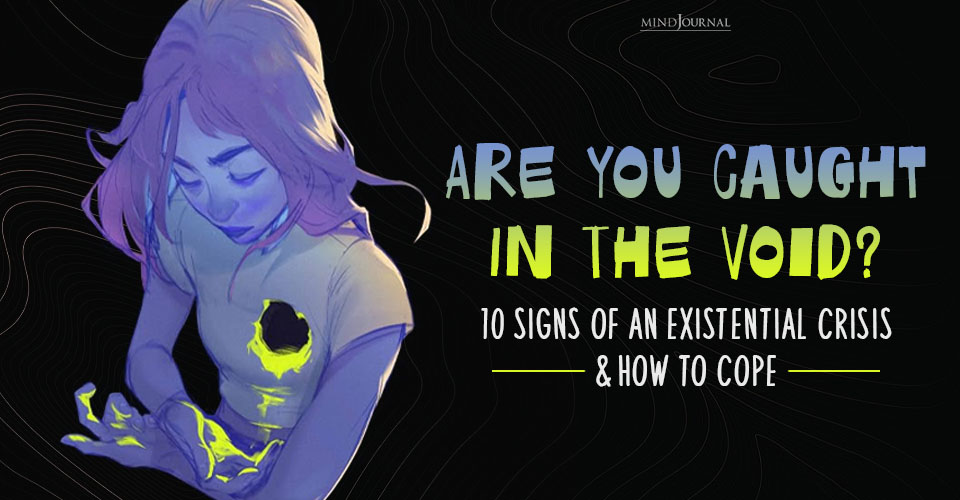
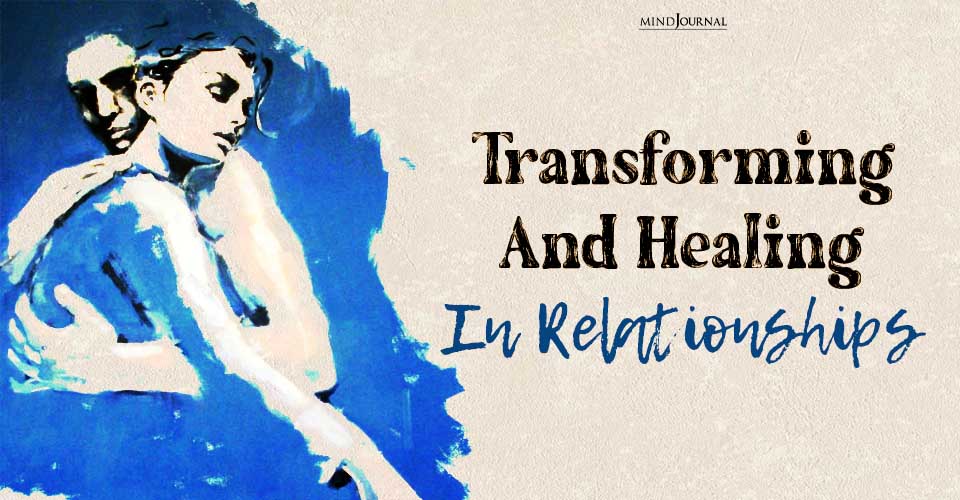
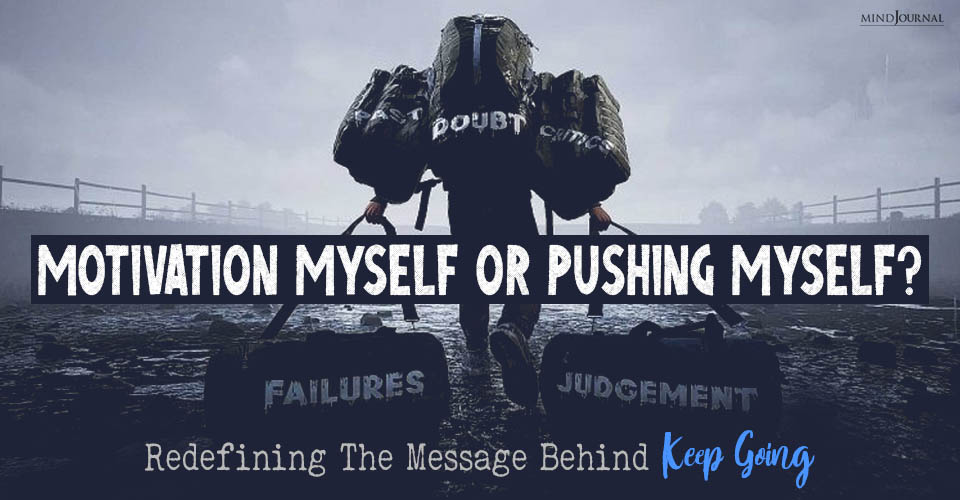

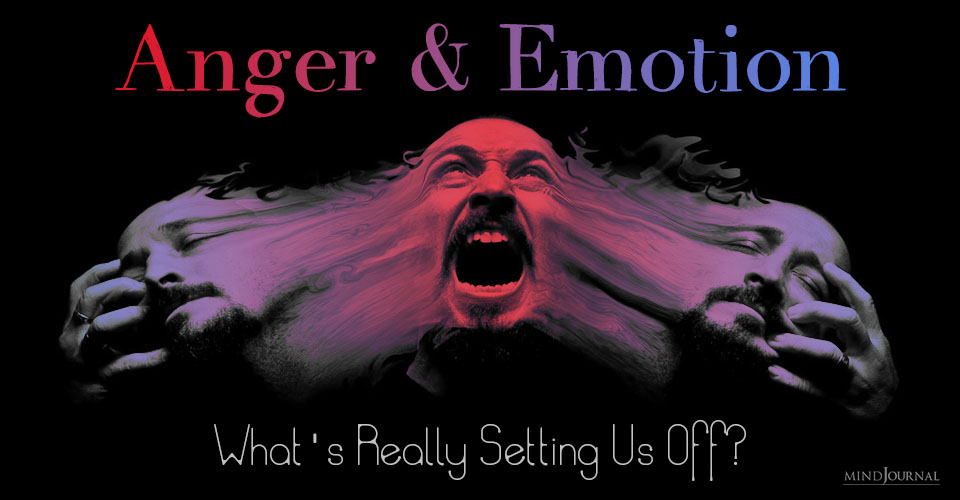
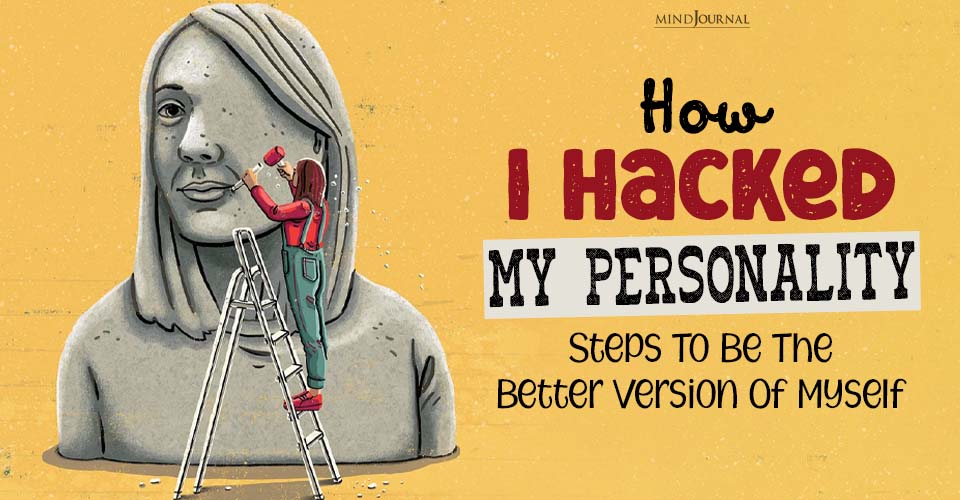

Leave a Reply